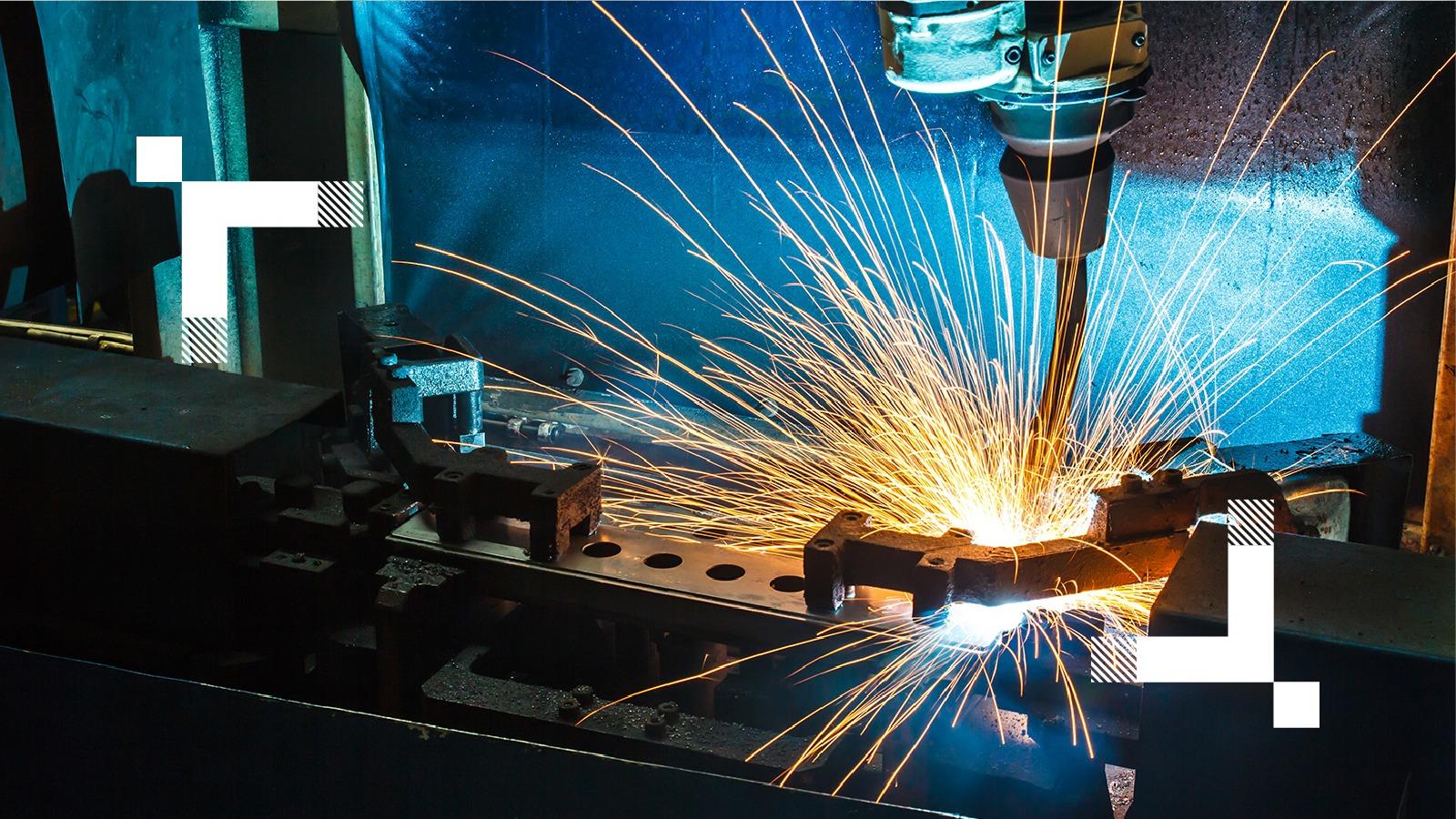The industrials and services (I&S) sector is expected to see a steady pace of deal activity throughout the remainder of 2024. Despite continued market challenges, including high interest rates and regulatory concerns, both buyers and sellers are increasingly turning to the M&A market to drive further growth and value creation.
In the current market environment, companies are evaluating their portfolio performance to determine whether to divest non-core assets to fund strategic and corporate investments. Strategic divestitures are seen as a way to improve capital allocation and reinvest in new segments.
While sellers are seeking to optimise their portfolios for growth and profitability, these internal assessments are revealing gaps in technologies and capabilities. I&S companies are looking for new technologies or digital capabilities to respond to disruptive forces, stay competitive, and expand their market presence through transformation. Consequently, artificial intelligence (AI), automation, digital transformation and other technological advancements are strategic areas of focus for M&A opportunities.
Industry consolidation—combined with a focus on strategic growth and diversification—is also expected to drive increased M&A activity. We expect to see continued consolidation of small to medium-sized companies that have been negatively affected by macro- and microeconomic conditions.
“Speed will be the enemy as M&A activity rebounds across the industrials and services sector. But well-prepared dealmakers with a focused list of strategic actions and divestitures ready for market will be best positioned for success.”
Michelle Ritchie,Global Industrials and Services Deals Co-Leader, Partner, PwC USM&A volumes and values in 2024
Industrials and services deal volumes and values, 2019-H1'24
Deal volumes and values in industrials and services decreased by 21% and 19%, respectively, between the first half of 2023 and the first half of 2024. The global trend was partly a response to the challenging macroeconomic and geopolitical environment, although regional performance varied. Over the same period, deal volumes were down 25% in Europe, the Middle East and Africa (EMEA); 24% in the Americas; and 13% in Asia Pacific. Asia Pacific was buoyed by stronger M&A activity in India, South Korea, Australia and Japan. Deal values told a different story, with the Americas up 23% thanks to several US megadeals, while EMEA and Asia Pacific were down by 27% and 45%, respectively.
Performance also varied across sectors. M&A activity in aerospace and defence (A&D) decreased by 32% between the first half of 2023 and the first half of 2024, followed by automotive with a 25% decline over the same period. Even the more resilient business services sector saw a decrease of 24% in deal volume in the first half of the year. Deal values decreased across all sectors except engineering and construction.
“We expect a recovery of deal volumes and values as each sub-sector takes a different path: aerospace and defence deals will be driven by new midsize opportunities, manufacturing deals will rebound with growing macroeconomic optimism and auto deals will be focused on adapting to the new electric future.”
Nicola Anzivino,Global Industrials and Services Deals Co-Leader, Partner, PwC ItalyIn the sector spotlights below, we outline the trends we expect to drive M&A activity in A&D, automotive, business services, engineering and construction, and industrial manufacturing in the second half of 2024.
Global M&A trends in industrials and services
Key M&A themes for industrials and services in the second half of 2024
Acceptance of continued uncertainty and challenges will encourage buyers and sellers to use M&A to drive growth and unlock value.
Artificial intelligence, automation, digitalisation and other technological advancements are strategic areas of focus for M&A as companies face competition and market disruption.
Strategic portfolio reviews will prompt acquisitions to address capability gaps and divestitures of non-core assets to improve capital allocation.
The M&A outlook varies by sector: Industrial Manufacturing, Aerospace & Defence and Engineering & Construction will rebound with growing economic optimism; Automotive will continue to adapt to the new electric future; and Business Services will undergo further consolidation.
M&A outlook for industrials and services in the second half of 2024
Business transformation and profitable growth are top of mind for companies as they seek to remain competitive in the market. This is expected to be achieved through strategic M&A focused on digital innovation (including AI) and consolidations, as well as through divestitures of non-core assets. Sustainability and emission-reduction initiatives may also drive acquisitions to comply with regulations and meet consumer demands. Speed and preparation will be key to success; we expect deal activity to surge once there is greater clarity around the macroeconomic environment and election outcomes are known in the second half of 2024.
Explore our local M&A Trends in Industrials and Services from the following countries or regions:
Want to know the M&A trends we expected in Industrials and Services at the beginning of 2024?
Contact us








































